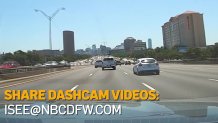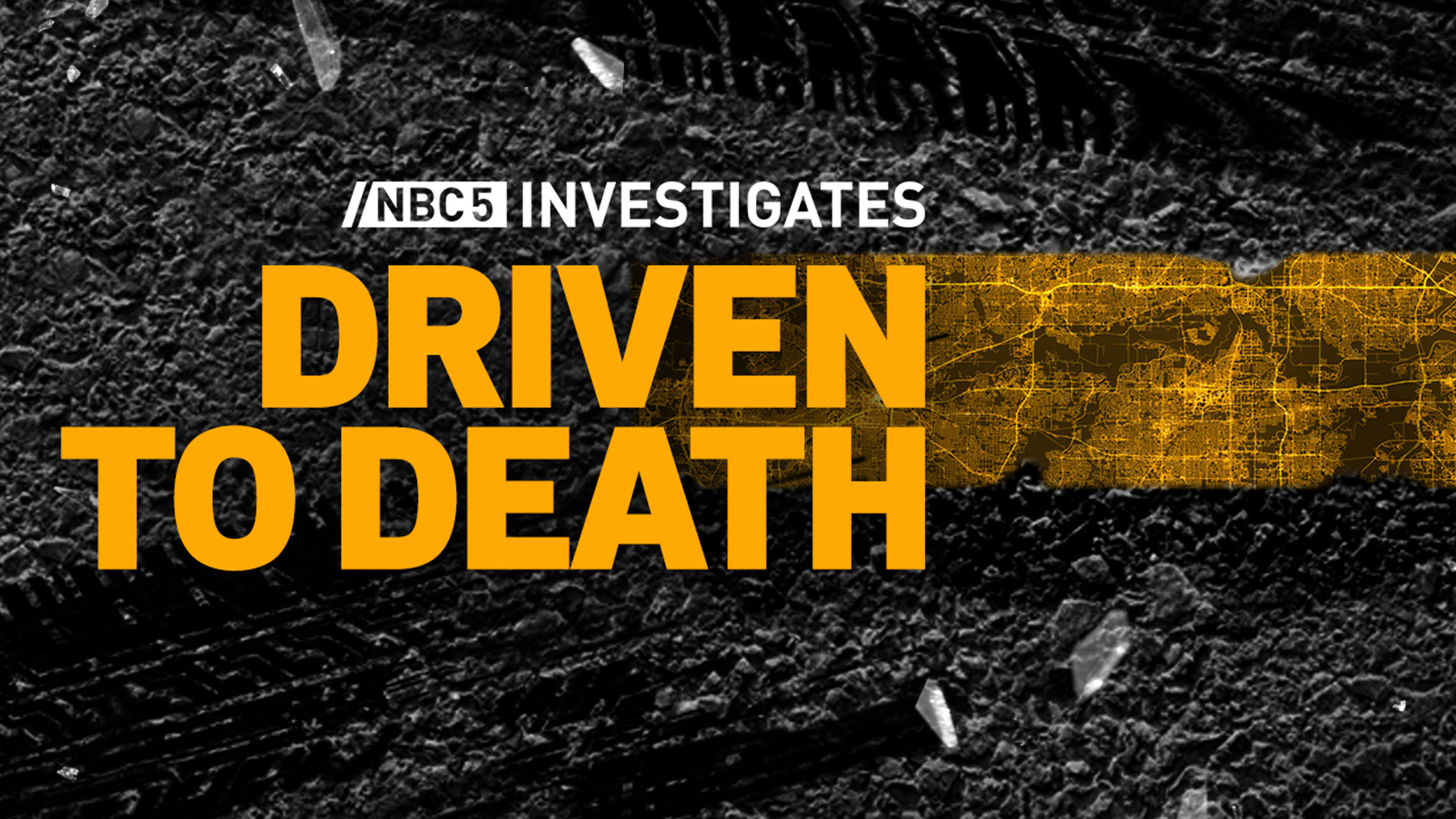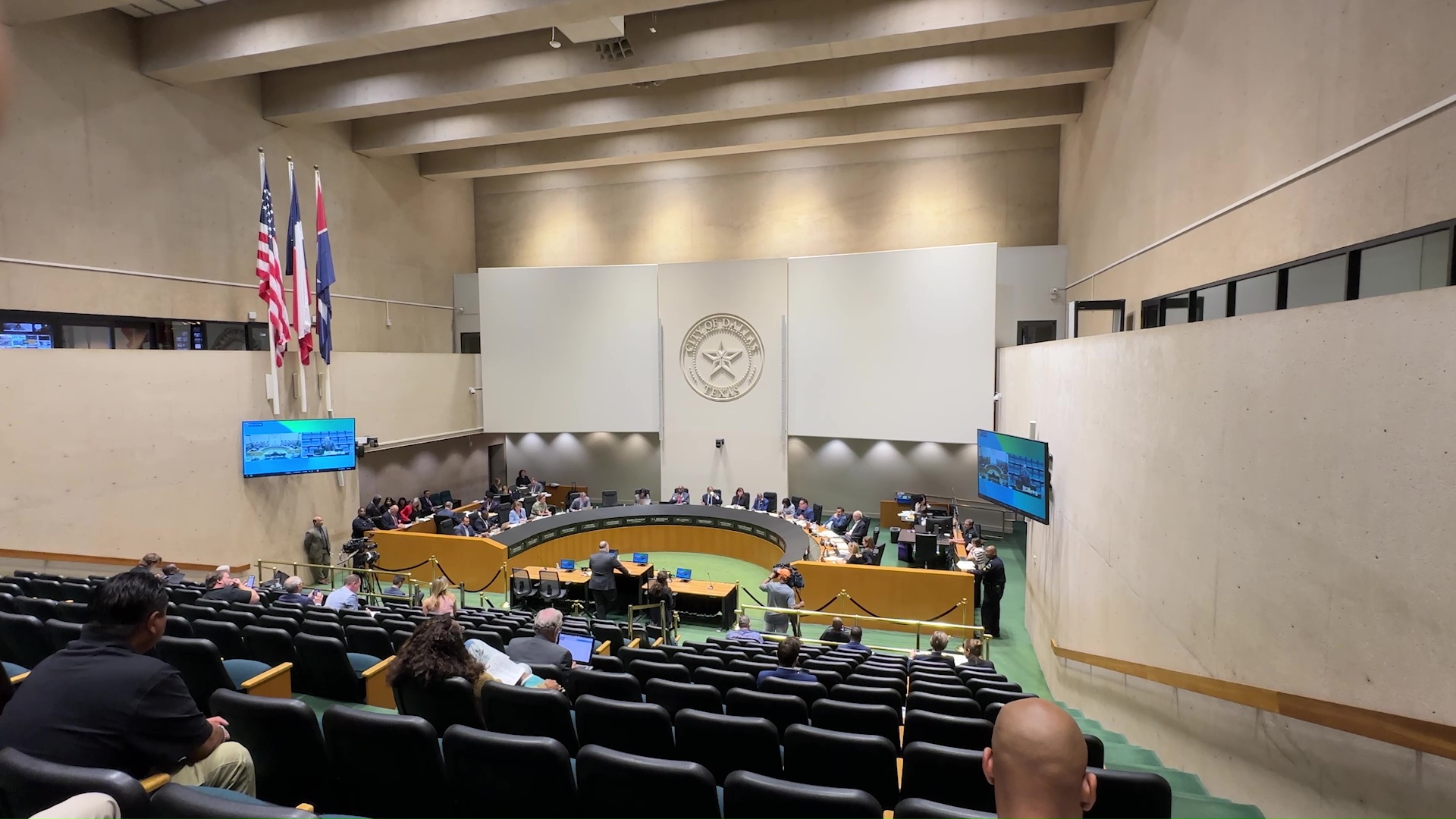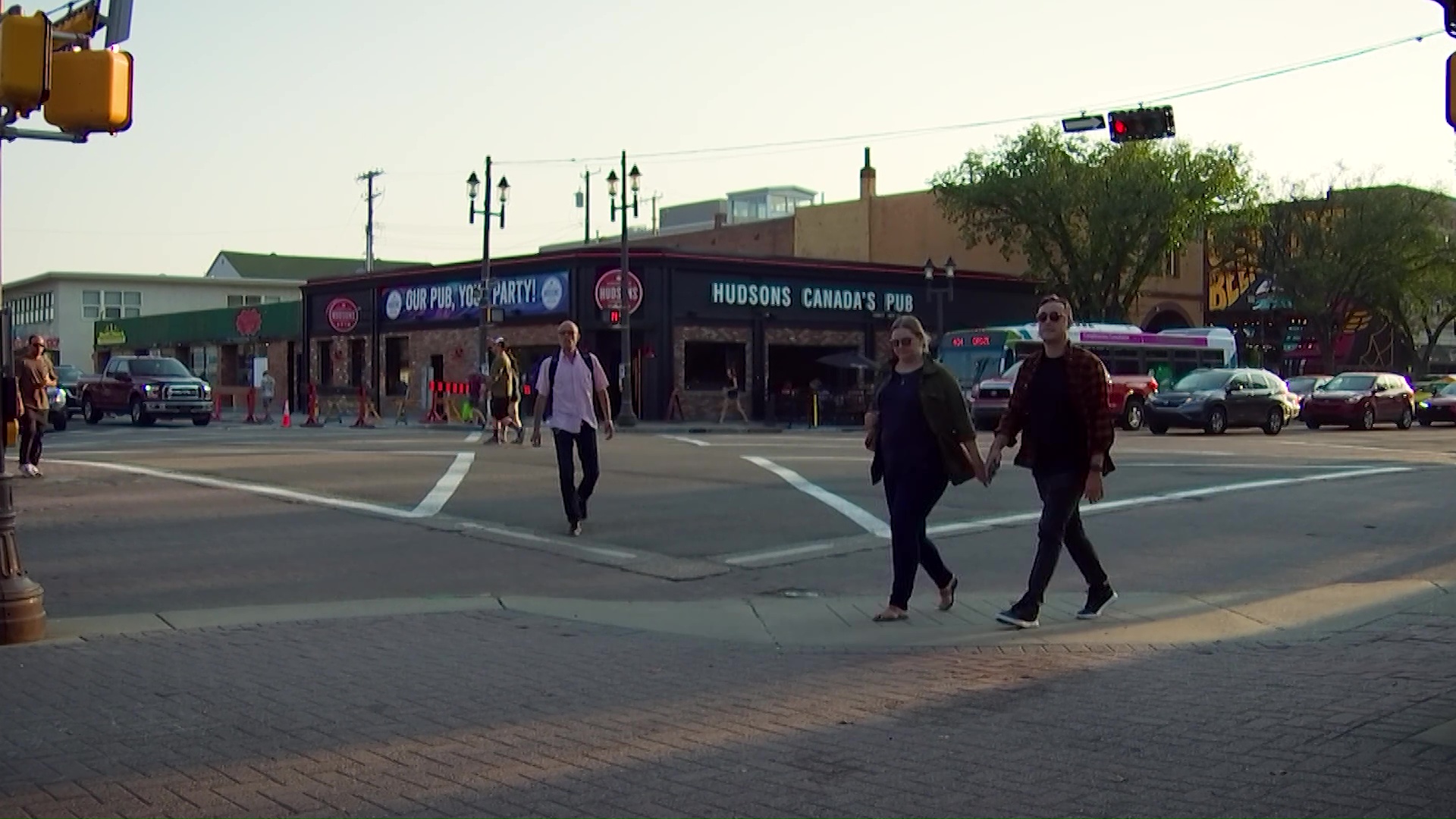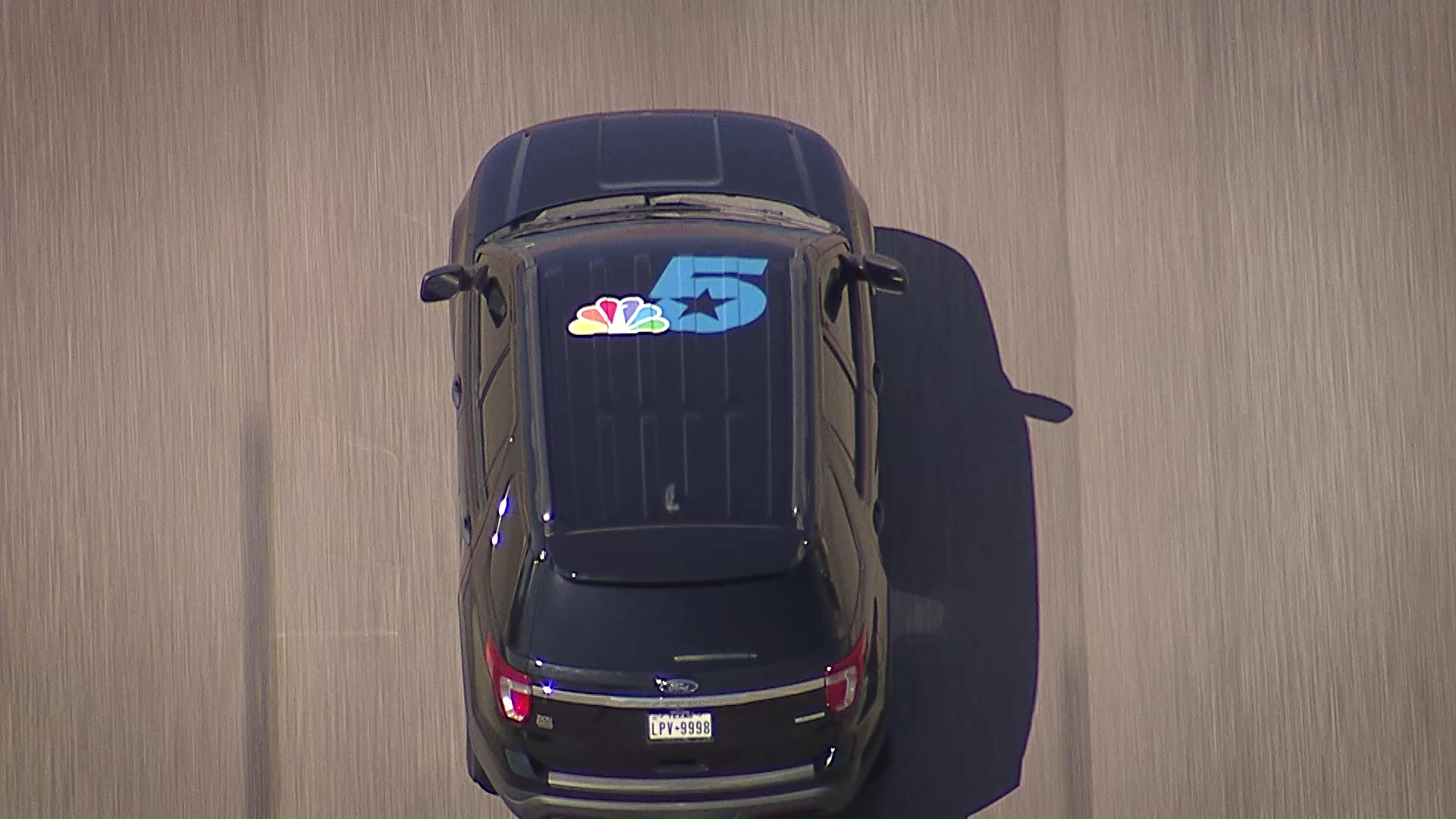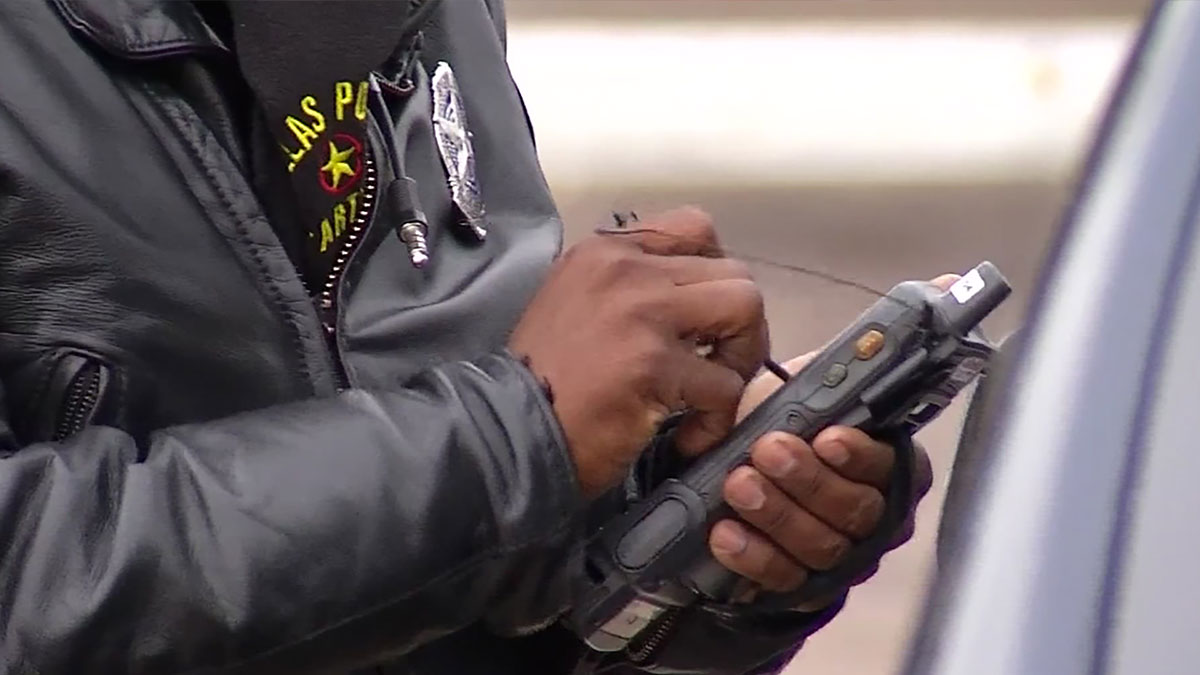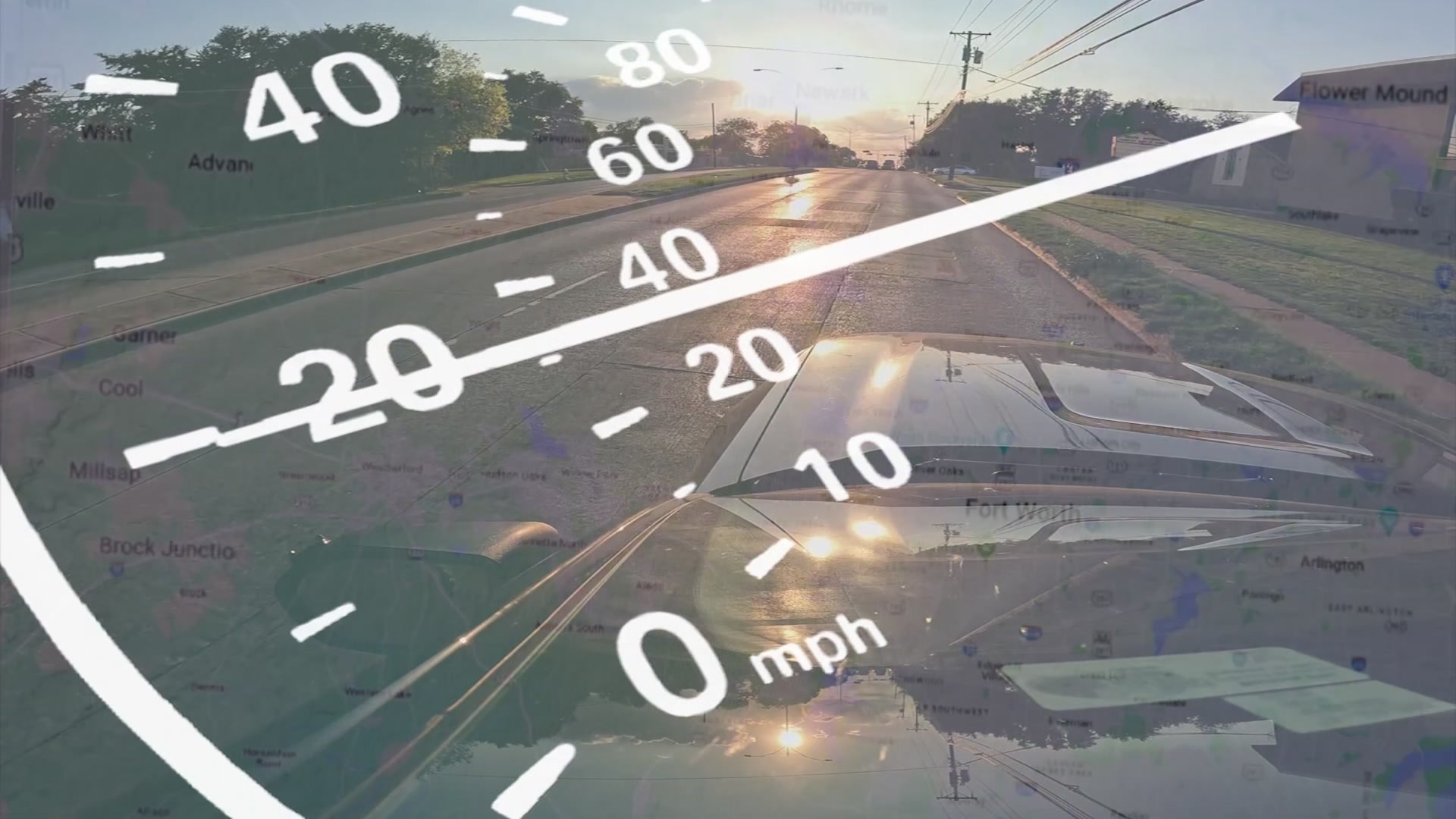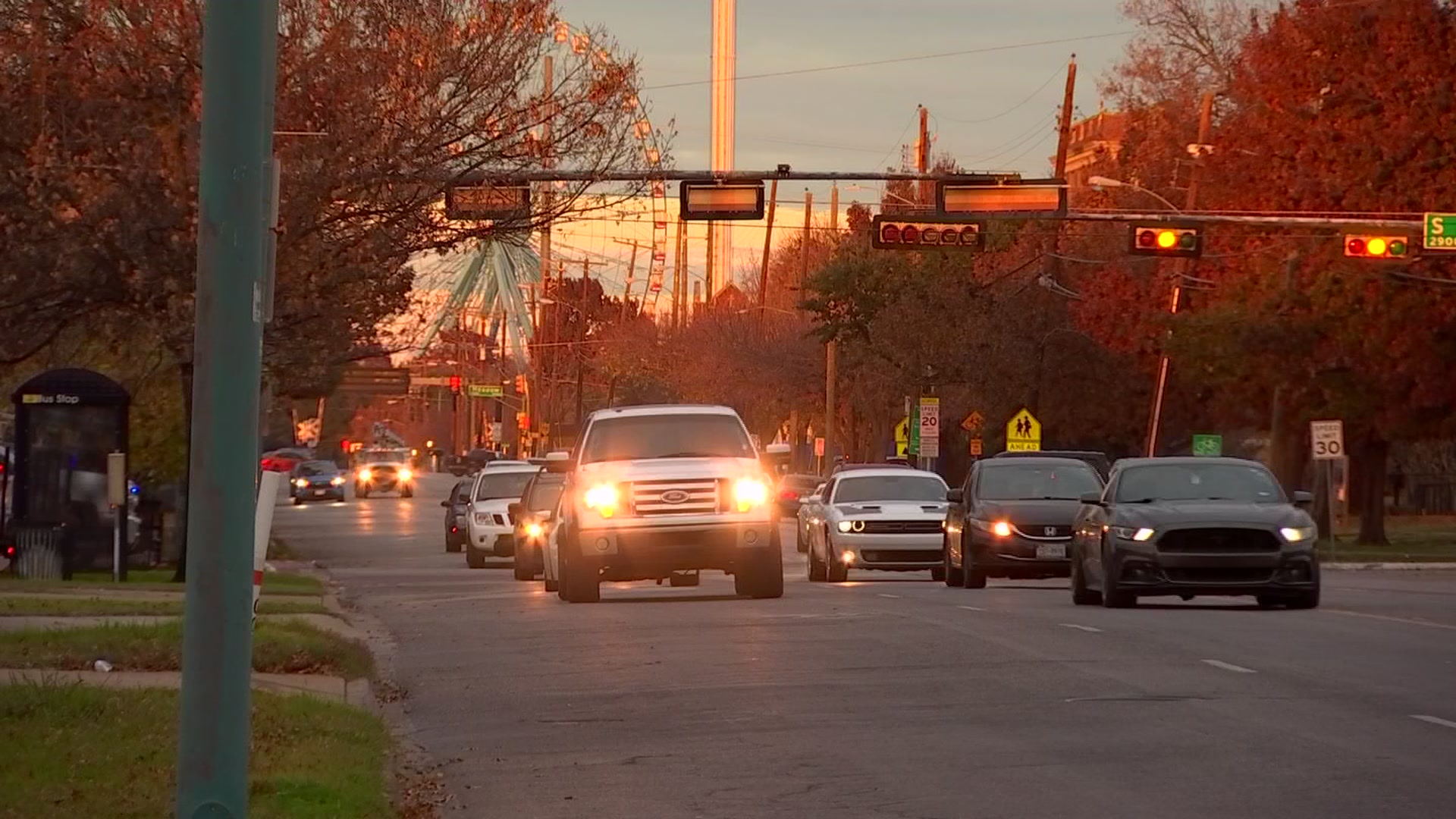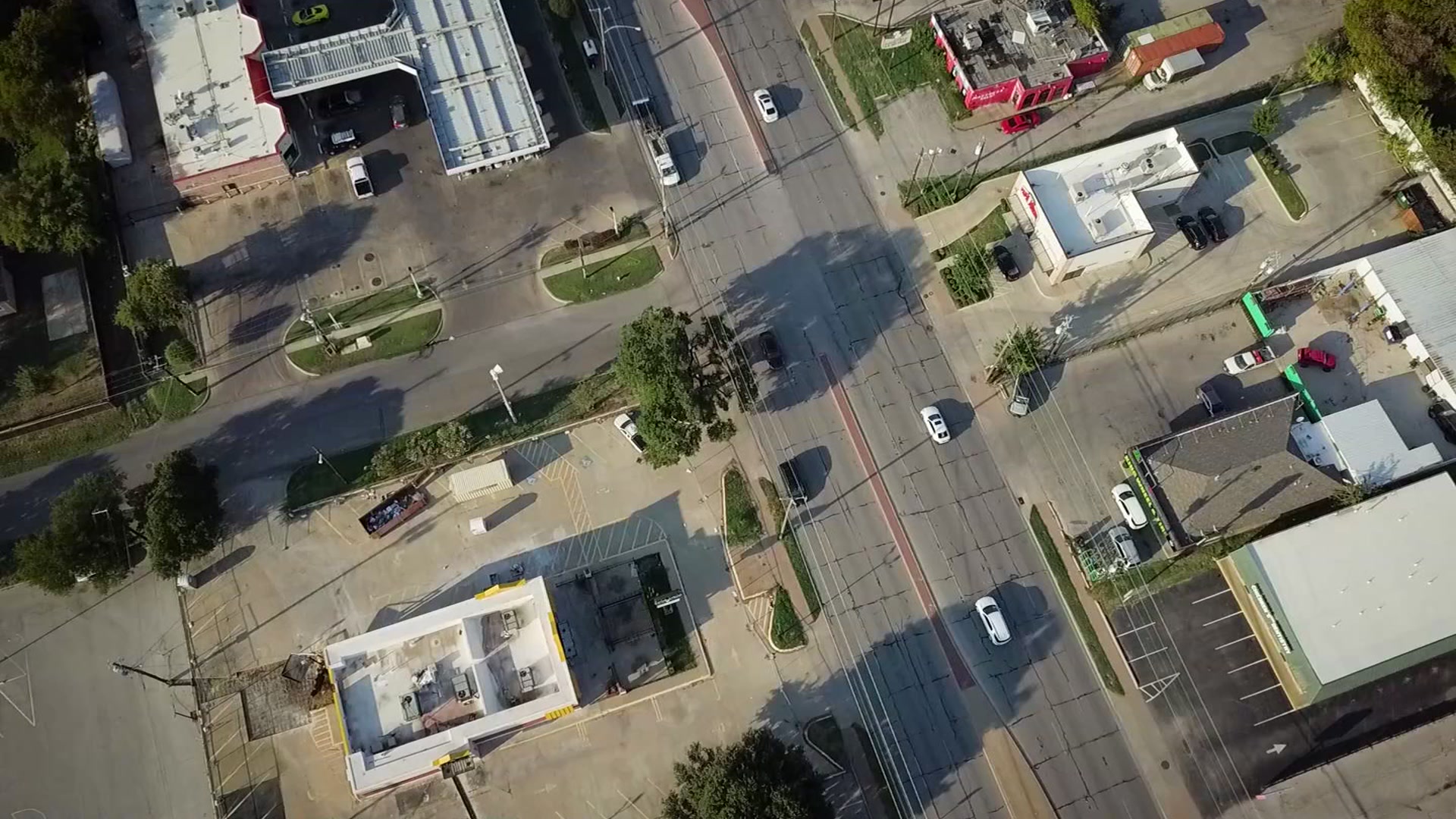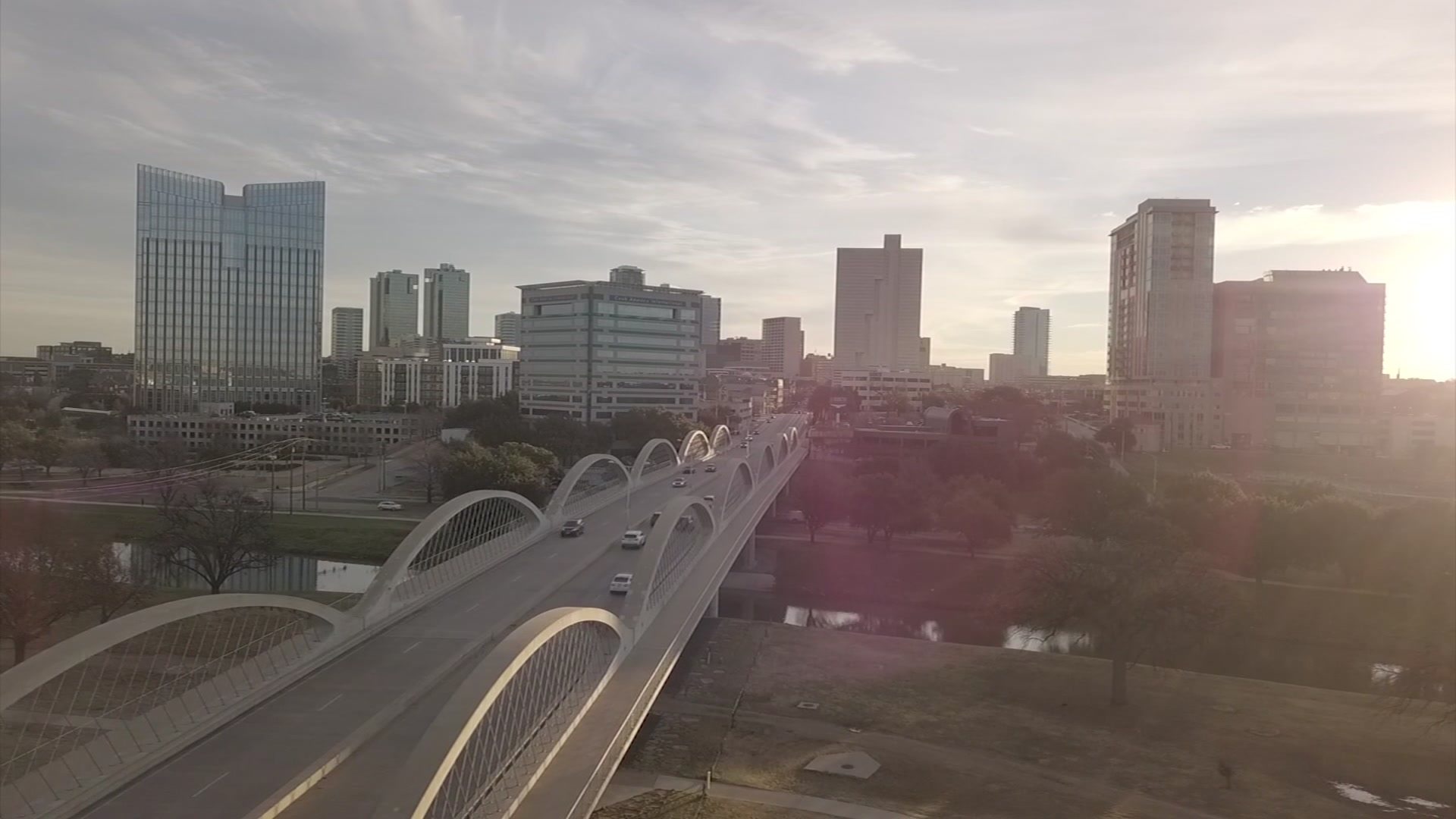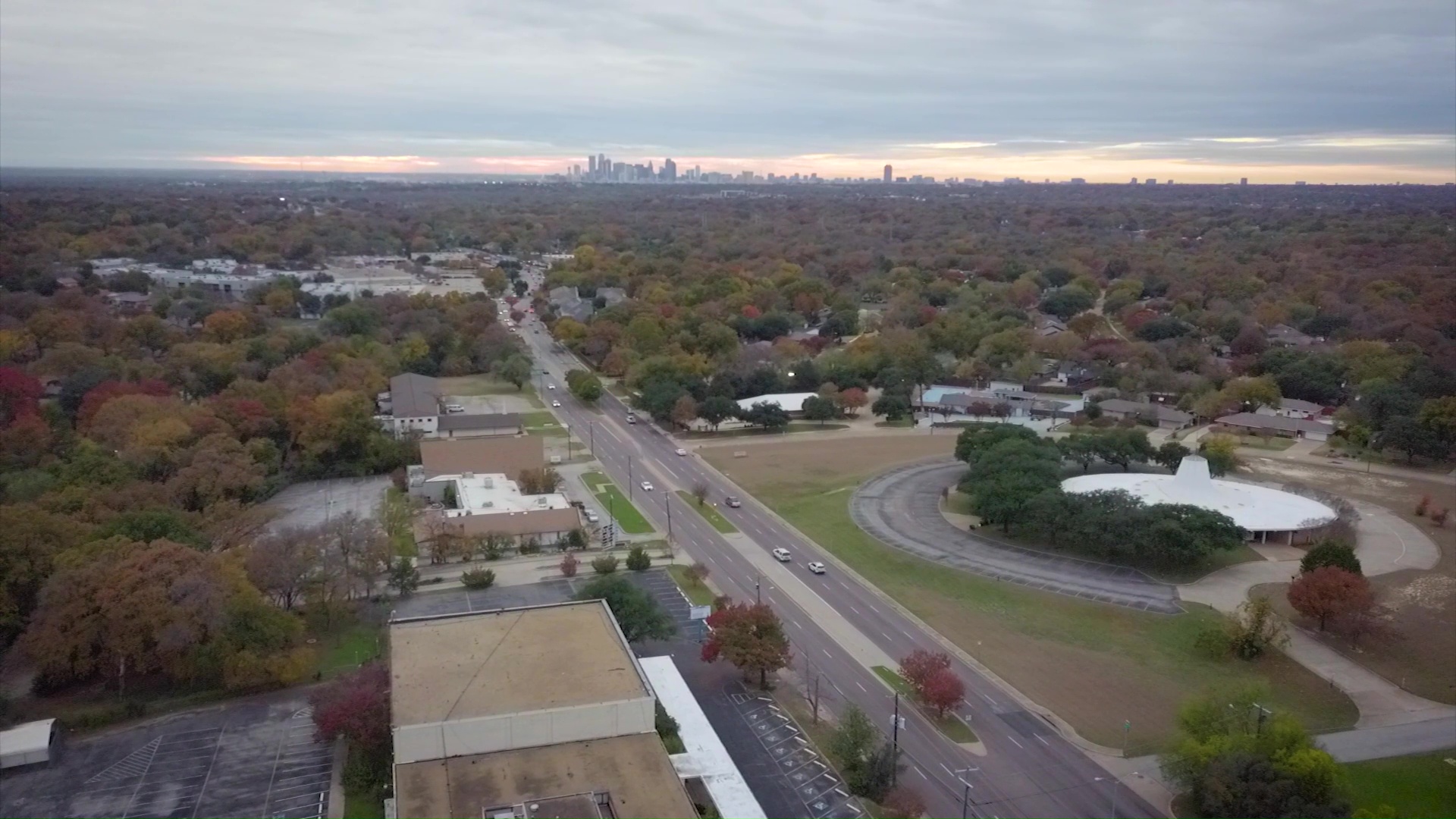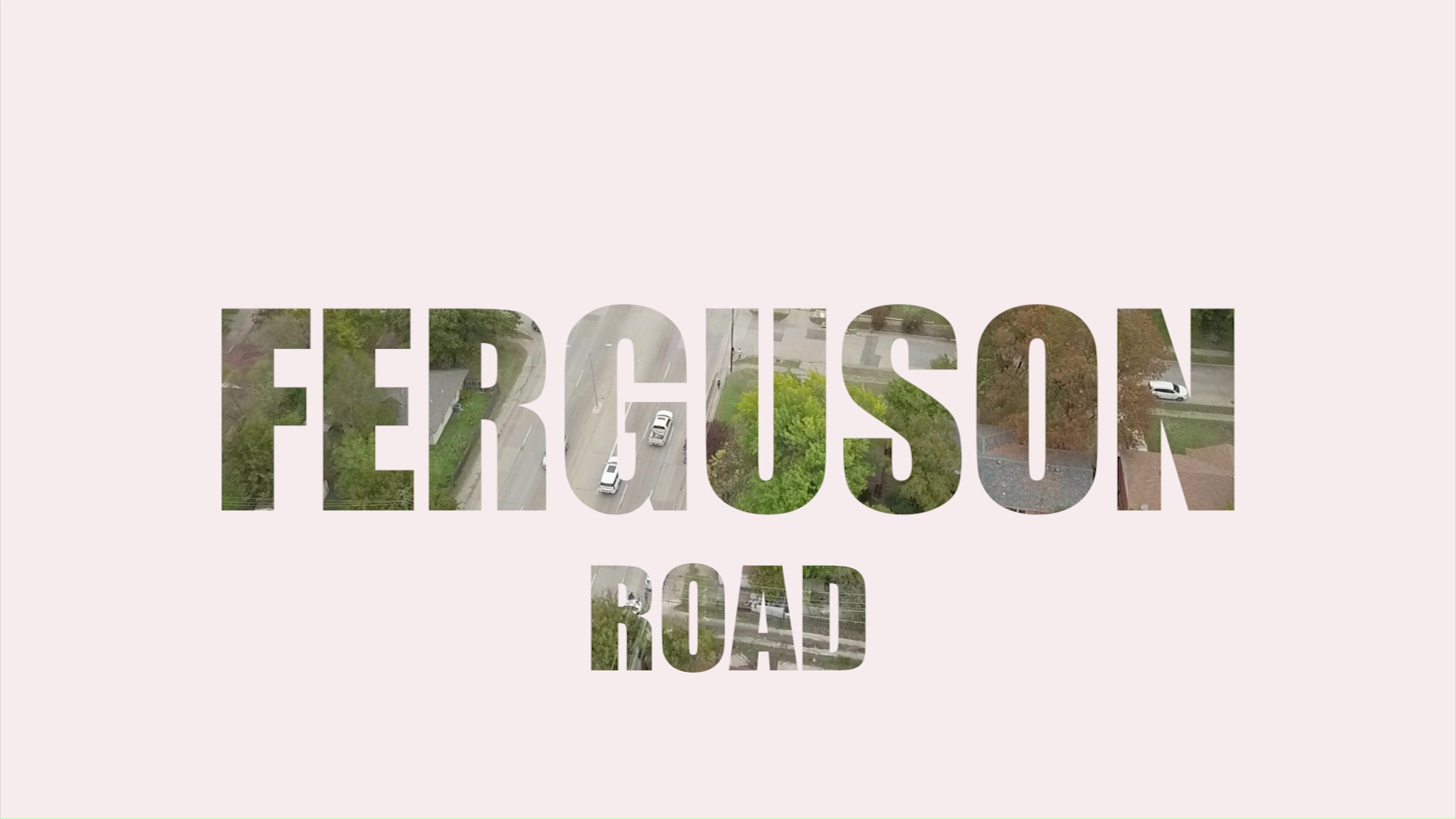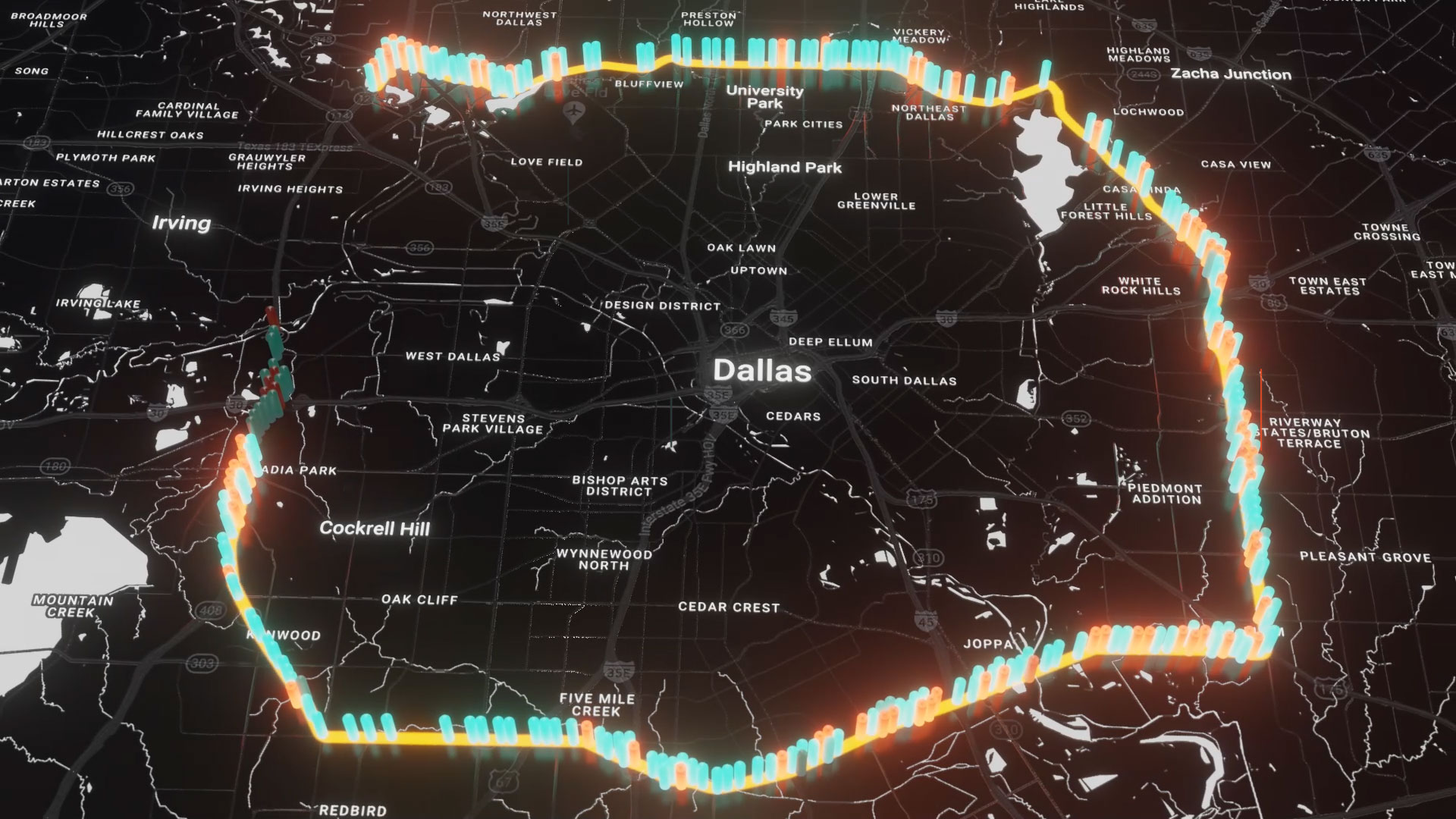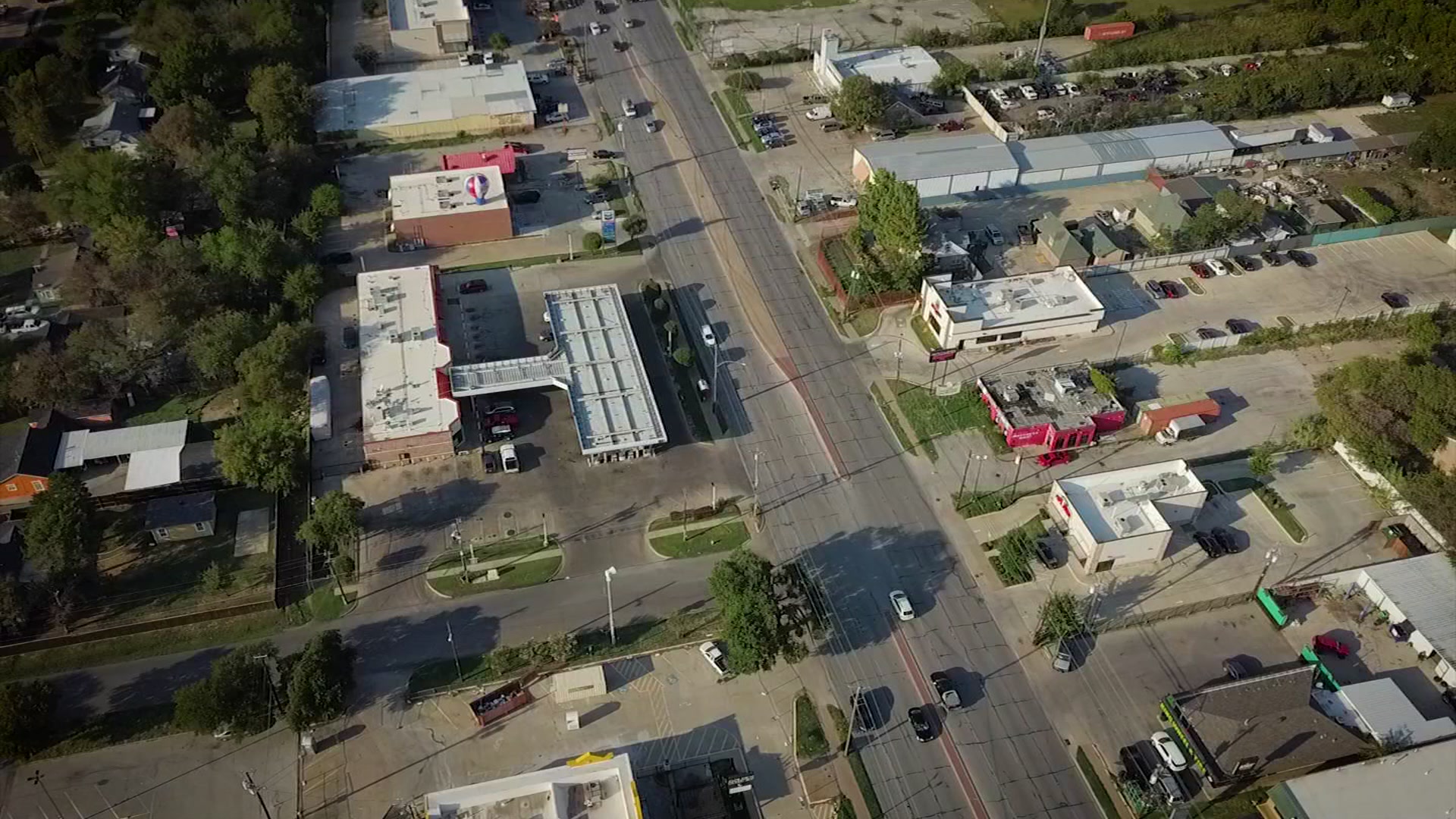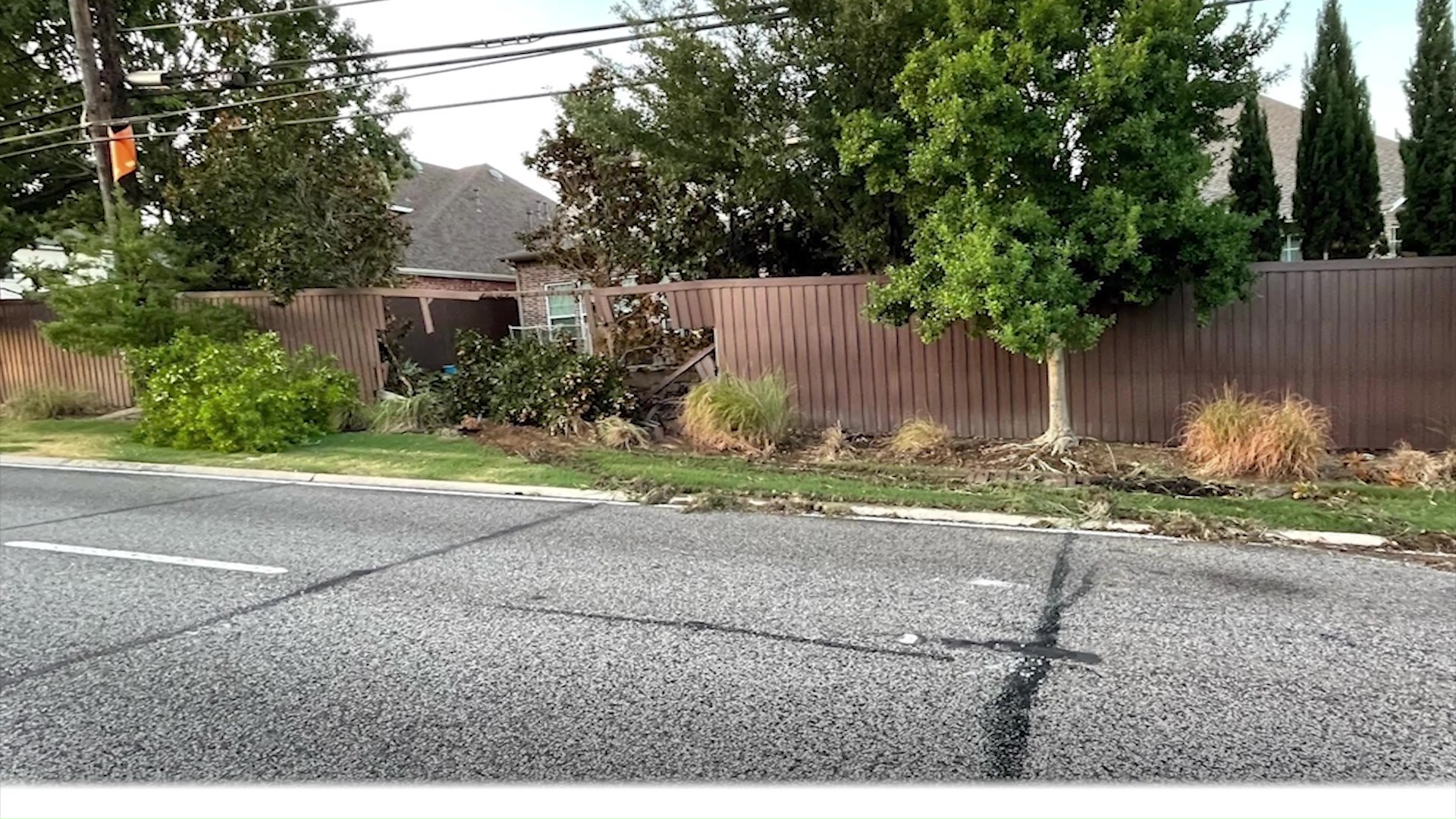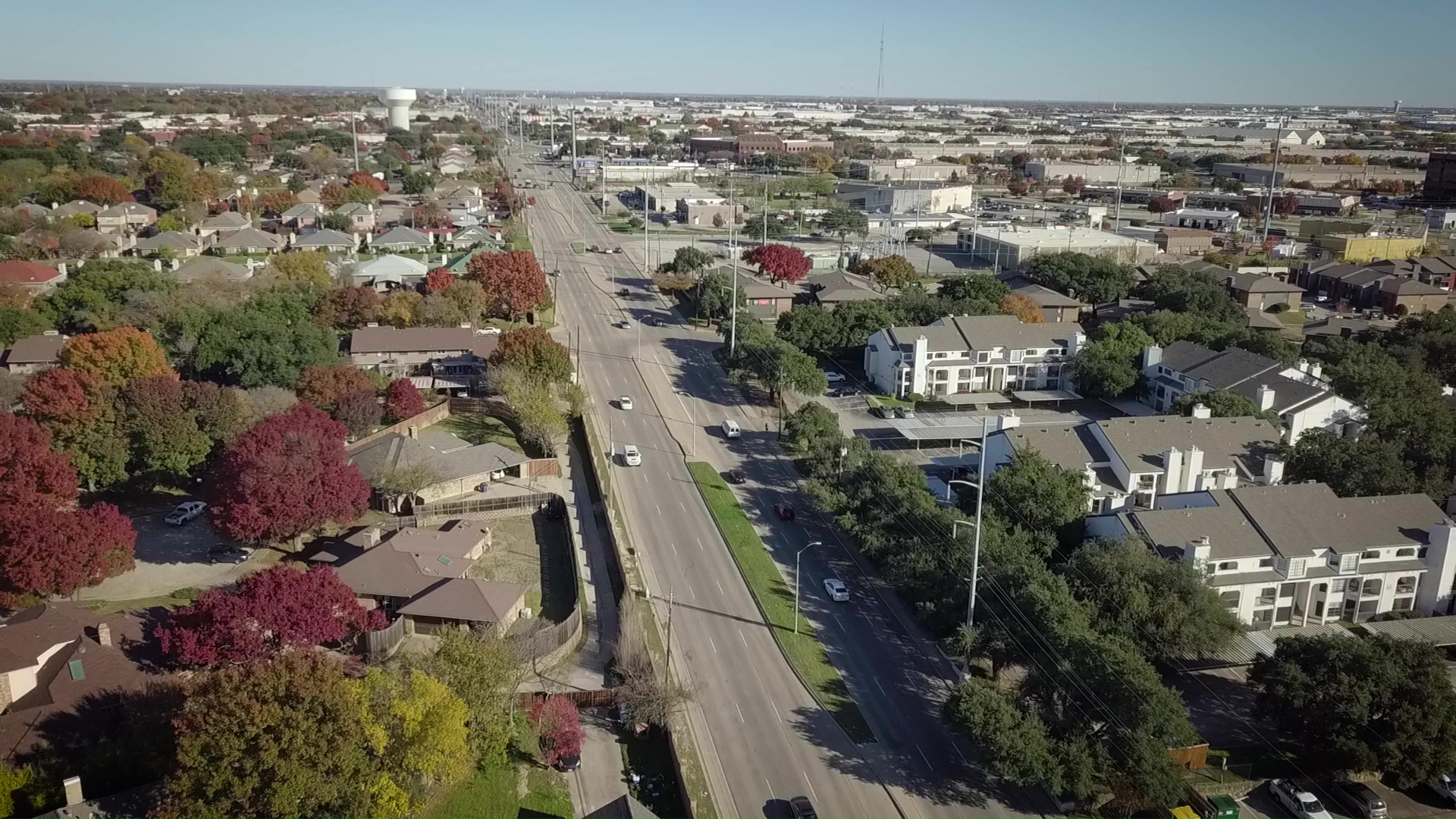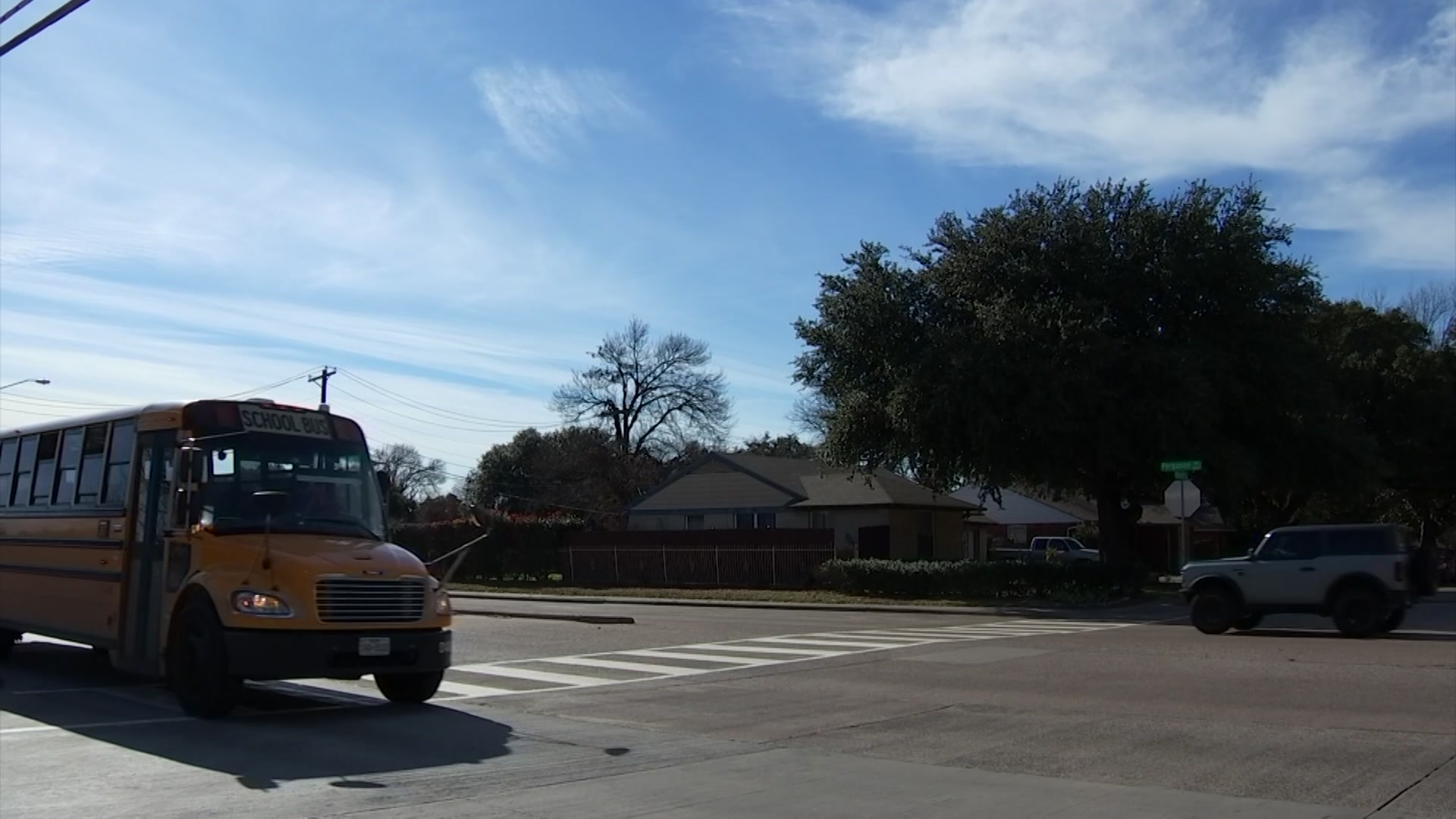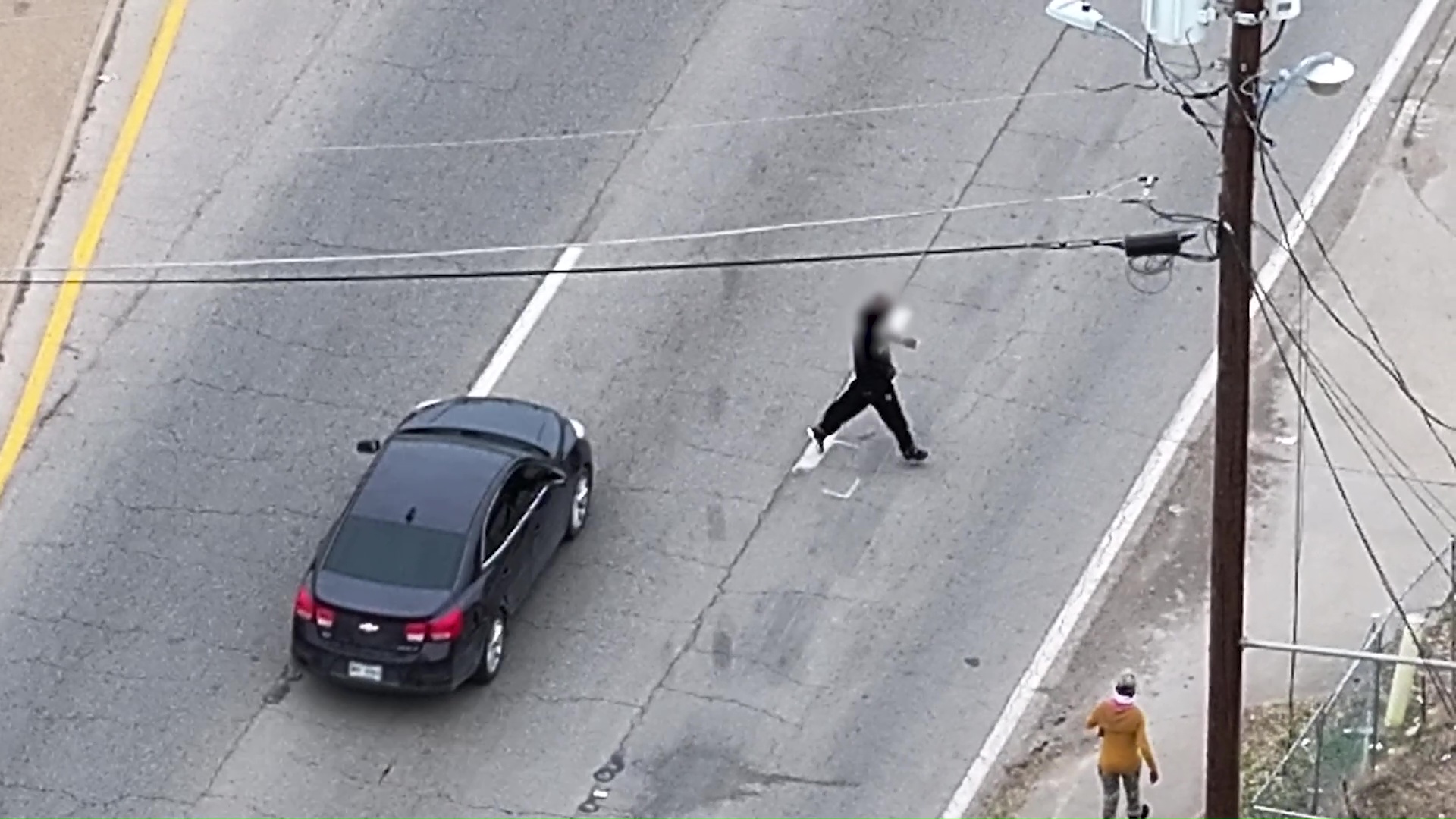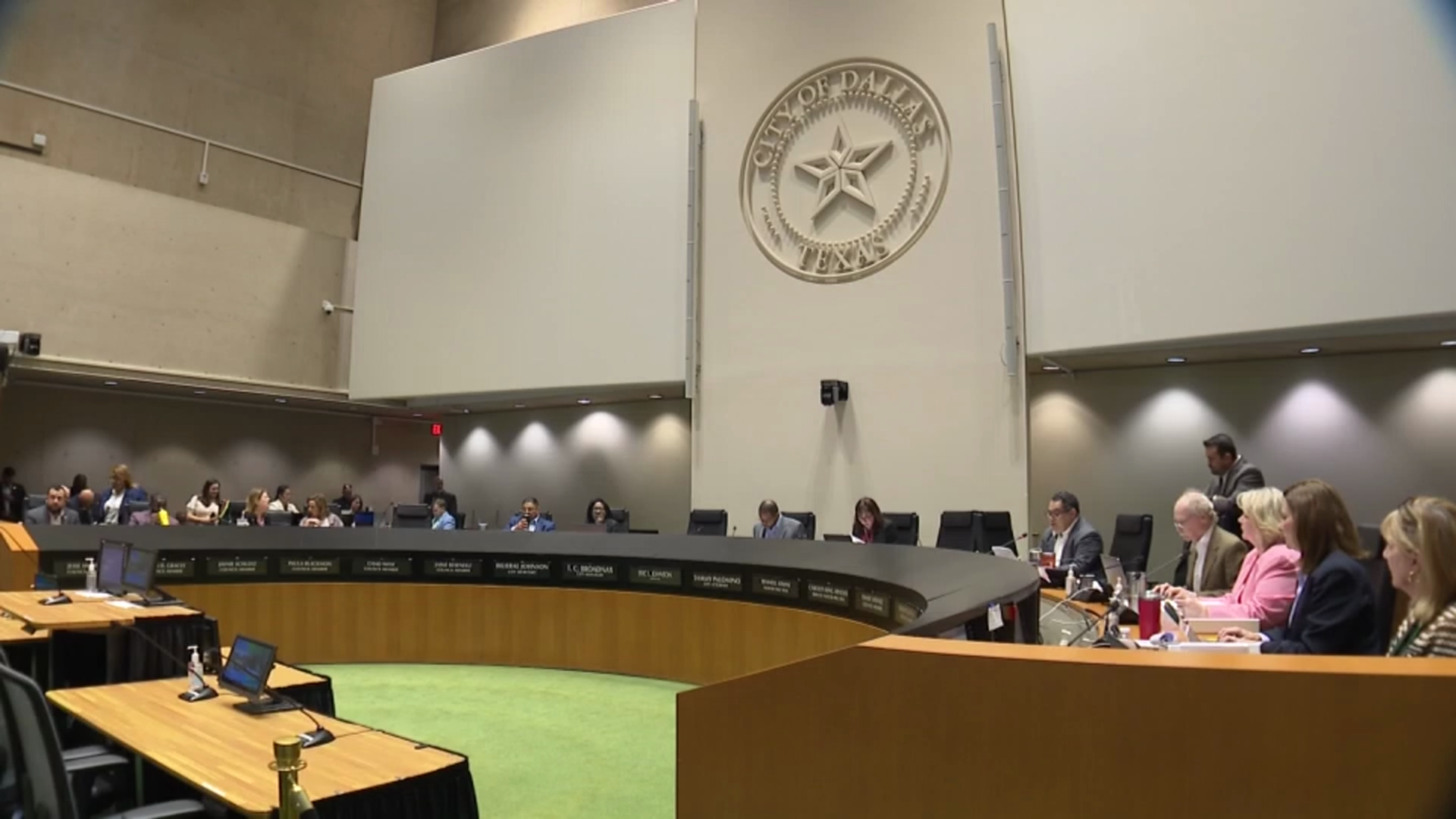If you feel like driving in Dallas can be scary, new numbers suggest you are right. NBC 5 Investigates has learned that over five years Dallas had the worst traffic fatality rate among the 10 largest cities in the United States.
NBC 5 Investigates analyzed the most recent five years of federal highway traffic safety data available and discovered Dallas averaged about 15 traffic deaths for every 100,000 people from 2017 to 2021. That puts Dallas just above Phoenix, with the highest traffic fatality rate of any U.S. city with more than one million people.
What’s more, the Dallas traffic death rate is 27% higher than the rate in Houston, 22% higher than in Fort Worth, and 51% higher than in Los Angeles. But what may be more startling is the sheer number of lives lost on Dallas streets.
An NBC 5 Investigates review of Texas Department of Transportation (TxDOT) crash data found, in the city of Dallas alone, traffic crashes have killed more than 1,000 people just since 2019. More than 5,600 others have been seriously injured.
Across the 19 counties that make up NBC5’s North Texas viewing area, more than 4,300 people have died on the roads in fewer than five years, from 2019 to the present date, and more than 20,000 were seriously injured.
For perspective, the number of people killed and seriously injured in the region would more than fill the seats in the American Airlines Center, in less than five years.
To see what’s causing those dangerous crashes and where they are happening most, NBC 5 Investigates used TxDOT crash data to map the location of every death and every serious injury since 2019. Our maps reveal places where fatal or serious injury crashes occur again and again.
We’ve put all of our crash data below, so you can see the spots with the most injuries and deaths.
North Texas Fatality and Serious Injury Crashes 2019-Oct. 4, 2023
Using data from the Texas Department of Public Safety, NBC 5 Investigates mapped every fatal and serious injury crash in north Texas. TXDOT captures data from Texas Peace Officer’s Crash Reports (CR-3). TXDOT requires law enforcement to report “Any crash involving a motor vehicle in transport that occurs or originates on a traffic way, results in injury to or death of any person, or damage to the property of any one person to the apparent extent of $1,000.” The data compiled in this map is from January 1, 2019 through October 4, 2023.
Map: Annetta Stogniew/NBC
Source: Texas Department of Transportation
Our TxDOT data analysis also revealed that, in the city of Dallas, speed was the number one contributing factor to deadly crashes. Speed often combines with other top causes like driving under the influence and drivers failing to keep their vehicles in their lane, the data show.
Marcela Soto’s life changed forever when her mom’s car was obliterated in a high-speed crash in the Woodall Rodgers tunnel.

Her mother, Reyna Salazar, was a nurse heading home from an evening shift in February when a car driven by a teenager slammed into her at what witnesses described as a high rate of speed, killing her.
“The numbers are too high. And now my mom is one of those numbers,” Soto said. “And that, that is the toughest pill to swallow.”
Soto said coming to terms with the fact that her mother is no longer here and that her children lost their grandmother has been one of the hardest things she’s ever experienced. She said she’s now hyper-aware of how fast some people drive on Dallas streets and that it makes her angry, especially if her children are in the car.

SO JUST HOW FAST ARE THE SPEEDS ON DALLAS STREETS?
NBC 5 Investigates conducted speed studies, clocking drivers on Dallas roads that have seen numerous speed-related deaths since 2019. With the help of NBC 5 colleague Don Peritz, who is a retired traffic sergeant with the Dallas County Sheriff’s Department, we clocked some drivers going more than 100 mph in afternoon freeway traffic.
Within minutes of starting to check speeds on the CF Hawn Freeway south of downtown, we even clocked one motorist traveling at 112 mph, almost 50 mph above the 65 mph speed limit, in broad daylight.
Records from the Texas Department of Transportation show that along CF Hawn at North Prairie Creek Road, 11 people have died in less than five years and nearly all of those crashes were speed-related.
We clocked more than 100 cars at that location and nine out of 10 of them were traveling above the 65 mph speed limit; Four out of every 10 were exceeding the speed limit by 10 mph or more.
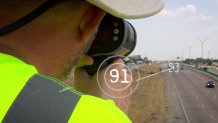
As we crisscrossed Dallas to gather information for this report our dashboard-mounted cameras captured images of some of the behaviors our viewers have complained about on Dallas roads – stunning speeds, startling lane changes, and cars riding bumpers, leaving some drivers feeling like they need to speed up or risk being run off the road.
The tales of high speeds and aggressive driving were not restricted to the highways. On Dallas city streets we also clocked drivers traveling at speeds more appropriate for freeways.
On one stretch of Buckner Boulevard in Pleasant Grove, our speed checks found some drivers traveling well above 50 mph or even 60 mph, on a congested city street with a 40 mph speed limit, lots of pedestrian traffic, and busy entrances to stores and restaurants.
Speed matters because research has shown every increase of 10 mph or more increases the risk of death or serious injury in a collision.
“It's very frustrating, but it happens all the time in this city,” said Max Kayem, who survived a crash that looks like something you’d see on a highway – only it took place on a residential street.
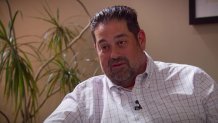
Kayem was driving through the M Streets when witnesses said a driver with a high-performance engine punched the accelerator and lost control of the vehicle. The car careened into Kayem's SUV, sending both cars into the front yard of a home.
“That is one thing I do remember is the high RPMs, as he was hitting me, I can still hear that sound,” Kayem said.
The crash broke Kayem’s sternum and shattered his wrist, leaving permanent damage.
“I don't recommend it to anybody. It's a very, it's a horrible thing to go through,” Kayem said.
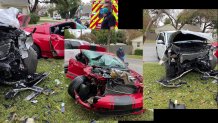
The crashes have left victims like Kayem and Soto wondering what safety features we’re missing here in North Texas and if there’s any way to calm the speeds on Dallas roads.
To address that question, NBC 5 Investigates reached out to people who study road safety strategies. Some suggested many of our roads feel like racetracks because they were designed and built that way.
“I would say this is dangerous by design,” said David Zipper, a Harvard University visiting fellow, and subject matter expert on transportation policy and road safety. “They're driving that fast because they feel like the road is inviting them to do that.”
Zipper said research has increasingly shown wider road lanes encourage higher speeds and that the most effective way to reduce dangerous speeds is often to narrow lanes, and re-shape roads in ways that naturally encourage drivers to slow down.
That’s where we’ll pick up the story Monday night. We’ll look at some of the deadliest streets in Dallas and ask why bolder steps have not been taken to address high speeds with innovative design changes, traffic calming measures, tougher speed enforcement, and safer places for pedestrians to cross. We will also ask what happened since the Dallas City Council pledged to reduce traffic deaths and injuries over seven years, by implementing an international safety strategy that other cities have used to reduce crashes.
To see what might be possible, NBC 5 Investigates even traveled to another country to see how innovative changes to street design are making a difference for both drivers and pedestrians.
“It would mean so much for me to see those numbers come down, knowing that the streets are safer,” Soto said.
Part two of this story airs Monday at 10 p.m., only on NBC 5.
KNOW A DANGEROUS STRETCH OF ROAD?
We need your help. If you’ve identified a road where drivers speed or where there have been a large number of crashes, email us the location at iSee@nbcdfw.com. In future reports, we’ll ask local leaders how we can address the problem in other areas.
